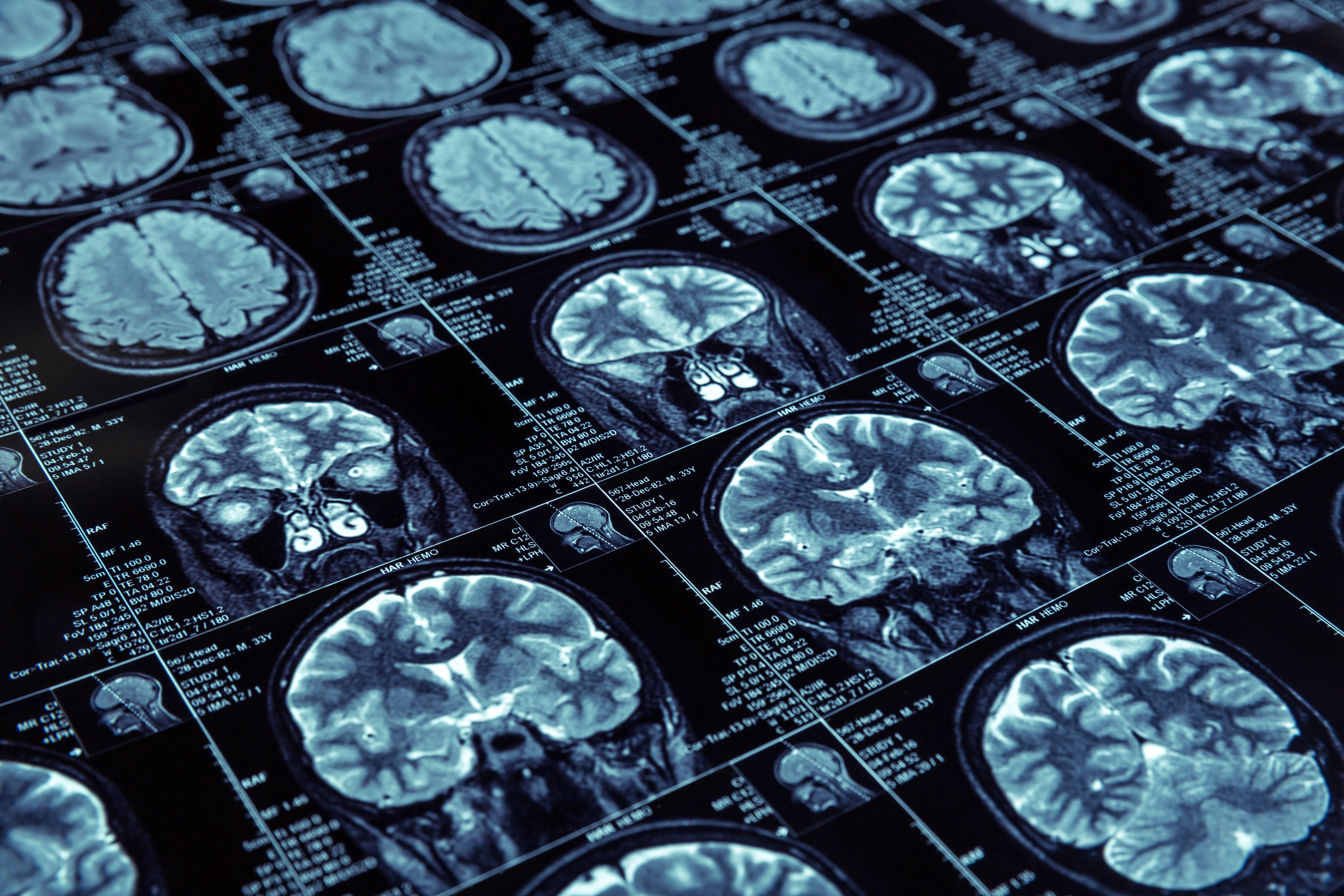
A COMMON gum disease bug plays a “central role” in the development of Alzheimer’s, scientists claim.
The new evidence that infectious bacteria drive Alzheimer’s progression could potentially transform current thinking about how the disease should be tackled.
Porphyromonas gingivalis is one of the chief causes of gum disease and tooth loss in humans, and has also been associated with artery damage.
There have been previous suggestions that it may play a role in Alzheimer’s, but the latest study by a US-led international team of scientists appears to put the link beyond question.
Researchers made the discovery after analysing brain tissue, spinal fluid, and saliva from dead and living patients with diagnosed and suspected Alzheimer’s.
They found evidence of toxic enzymes, known as gingipains, that are released by P. gingivalis, as well as DNA from the bacterium.
In addition, the bug was found to spread from the mouths to the brains of mice.
Tests on the animals confirmed that gingipain enzymes destroyed brain neurons.
However, there was also good news. The scientists tested drugs that blocked gingipains and found they were able halt the neurodegeneration.
One drug, given to mice in food, effectively treated P. gingivalis brain infections and prevented the loss of memory neurons.
The team has now developed a new drug, COR388, that better penetrates the central nervous system and could form the basis of a human Alzheimer’s treatment.
A large-scale clinical trial that will involve giving the drug to patients with mild to moderate Alzheimer’s is planned for later this year.
Dr Stephen Dominy, one of the study authors and co-founder of the US company Cortexyme, which developed COR388, said: “Infectious agents have been implicated in the development and progression of Alzheimer’s disease before, but the evidence of causation hasn’t been convincing.
“Now, for the first time, we have solid evidence connecting the intracellular gram-negative pathogen Pg (P. gingivalis) and Alzheimer’s pathogenisis, while also demonstrating the potential for a class of small molecule therapies to change the trajectory of the disease.”
The findings are published in the latest edition of the journal Science Advances.
The scientists tested more than 50 brain tissue samples and found that 96% contained one type of gingipain enzyme and 91% another.
Further testing of DNA uncovered the P. gingivalis gene hmuY in three brains from dead Alzheimer’s patients.
The gene was also found in cerebro-spinal fluid from seven out of 10 living patients diagnosed with Alzheimer’s.
Saliva samples from 10 patients with suspected Alzheimer’s all proved positive for the P. gingivalis gene.
The mouse studies found that blocking gingipains effectively protected the hippocampus, a part of the brain vital to memory, from P. gingivalis infection.
It also reduced inflammation and levels of beta-amyloid, a brain molecule strongly linked to Alzheimer’s.
Writing in the journal, the scientists concluded: “The findings of this study offer evidence that P. gingivalis and gingipains in the brain play a central role in the pathogenesis (development) of AD (Alzheimer’s disease), providing a new conceptual framework for disease treatment.”
The bacteria may access the brain by infecting immune system cells or spreading through cranial nerves passing through the head and jaw, said the researchers.
Laboratory tests indicated that gingipain enzymes may trigger tau tangles – knots of proteins within neurons that are thought to drive the damage caused by Alzheimer’s.
The research also lent support to the controversial idea that the peptide beta-amyloid is actually part of the brain’s anti-microbial defence system, said the team.
P. gingivalis infection was thought to fuel high levels of beta- amyloid that eventually became toxic.
Traditional broad-spectrum antibiotics would probably be ineffective against P. gingivalis in the brain, according to the research. In laboratory experiments, antibiotics did not prevent cell death induced by P. gingivalis.
The bug was also shown rapidly to develop resistance against the broad-spectrum antibiotic moxifloxacin, but not to COR388.
Dr David Reynolds, chief scientific officer at charity Alzheimer’s Research UK, pointed out that Alzheimer’s was likely to have multiple causes, one of which may be gum disease bacteria.
He added: “Maintaining good dental health is an important part of a healthy lifestyle, and while we don’t yet fully know the extent to which it can affect our dementia risk, the presence of a single type of bacteria is extremely unlikely to be the only cause of the condition.”
Gum disease affects an estimated 45% of the UK population, according to the British Dental Association (BDA).
Many types of bacteria contributed to gum disease, but P. gingivalis was one of the most important.
BDA scientific adviser Professor Damien Walmsley said: “This study offers a welcome reminder that oral health can’t remain an optional extra in our health service.
“Everyone’s life can be improved by regular appointments and good oral hygiene, reducing the bacterial load that’s ever present in our mouths to a level that’s unlikely to cause tooth decay, gum disease or tooth loss.”

Enjoy the convenience of having The Sunday Post delivered as a digital ePaper straight to your smartphone, tablet or computer.
Subscribe for only £5.49 a month and enjoy all the benefits of the printed paper as a digital replica.
Subscribe